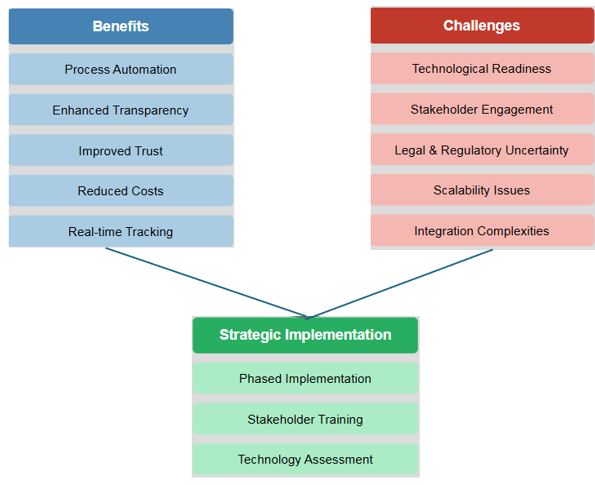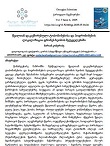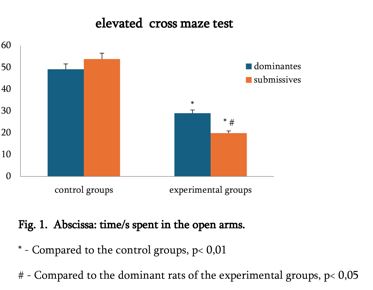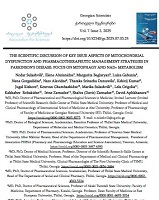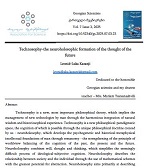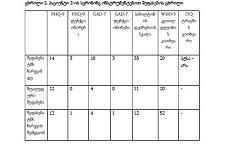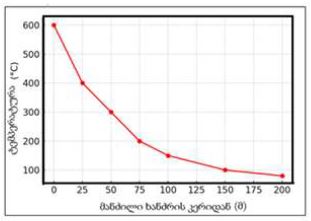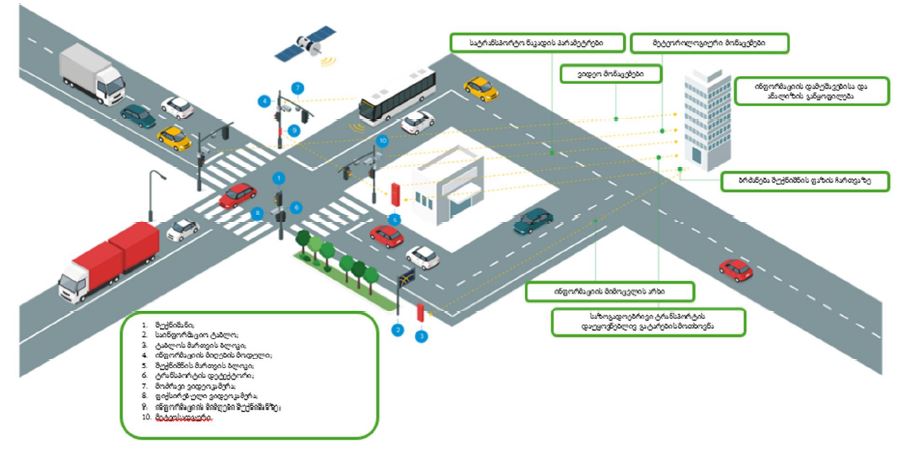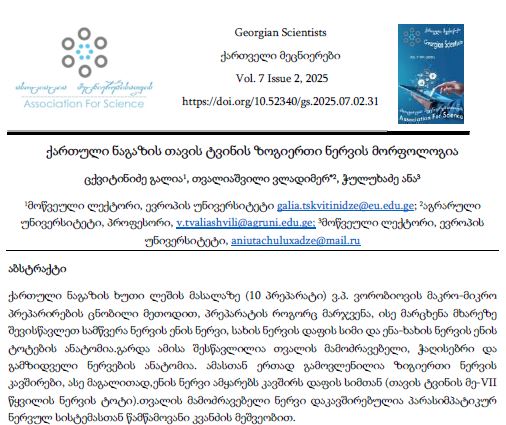Determining priority implemented measure of intelligent transport systems in order to improve urban mobility in accordance with the requirements of the population
Downloads
In recent years, intelligent transportation systems (ITS) have made it possible to solve many problems related to urban mobility in a number of cities around the world. However, as practice has shown, the direct transfer of respective measures from other cities to a given city often does not provide the desired results for the population there. In order to solve such an issue, as it is known, the whole problem of urban mobility in a specific city should be presented as a sum of individual (standard) typical problems. Then, taking into account the opinion of the population, one or more typical problems to be solved urgently should be selected from them (for example, the indicator of urban mobility to be urgently improved) and the priority typical measure of the ITS should be defined, which would best solve this problem. Despite the existing researches in the mentioned direction, there is still no established methodology for unequivocally determining the priority measure of the ITS in order to purposefully improve urban mobility in accordance with the requirements of the population. In order to evaluate the priority of a typical measure, the paper introduces a parameter - the total stimulus expected as a result of the realization of a typical measure according to the (desired) indicators chosen by the population. A formula for its calculation has been developed. This parameter is calculated for each typical measure. Among them, the measure for which this parameter will take the maximum value is considered to be the priority. In this way, the presented methodology allows to easily and quickly determine the measure to be implemented as a priority of intelligent transport systems in order to improve urban mobility in accordance with the requirements of the population.
Downloads
ლომიძე ა. ინტელექტუალური სატრანსპორტო სისტემების პრიორიტეტულად გასატარებელი ღონისძიებების განსაზღვრა ურბანული მობილობის კონკრეტული მაჩვენებლობის გაუმჯობესების მიზნით // პერიოდული სამეცნიერო ჟურნალი ”გონი”, №9. - ქუთაისი, 2023. - გვ. 36-46.
The role of Intelligent Transport Systems (ITS) in Sustainable Urban Mobility Planning: Make smarter integrated mobility plans and policies.
https://www.eltis.org/sites/default/files/the_role_of_intelligent_transport_systems_its_in_sumps.pdf (accessed 3/24/23)
Guidelines for Developing and Implementing a Sustainable Urban Mobility Plan (Second Edition) Final Draft for SUMP Conference, 12 June 2019. – 149 p.
https://www.eltis.org/sites/default/files/guidelines_for_developing_and_implementing_a_sustainable_urban_mobility_plan_2nd_edition.pdf (accessed 6/17/22)
Copyright (c) 2023 GEORGIAN SCIENTISTS

This work is licensed under a Creative Commons Attribution-NonCommercial-NoDerivatives 4.0 International License.

































































